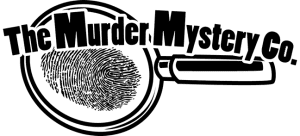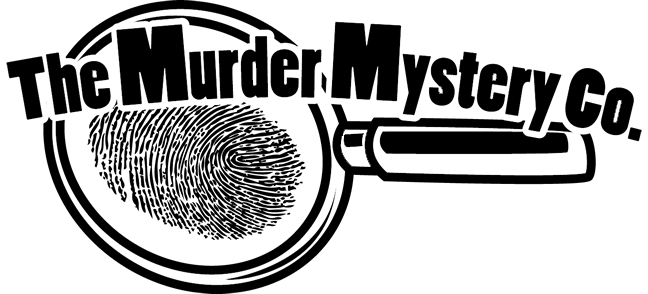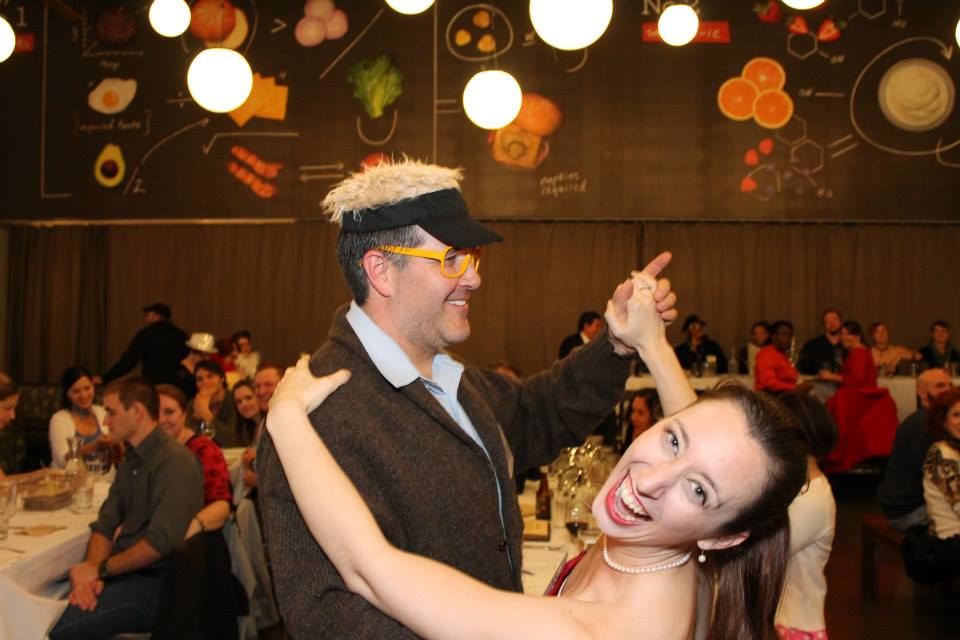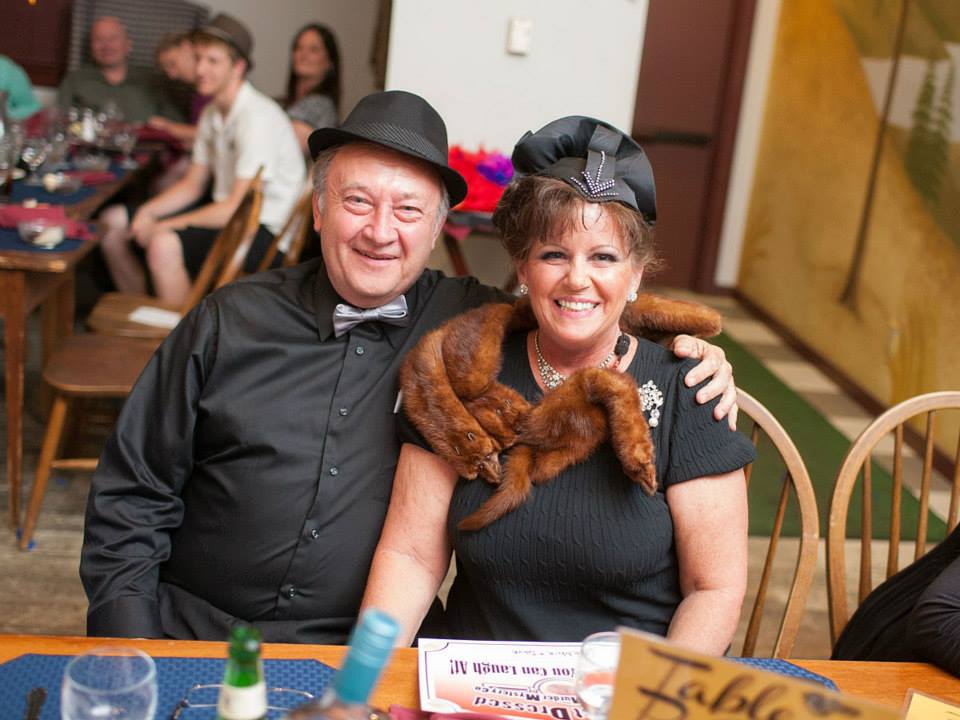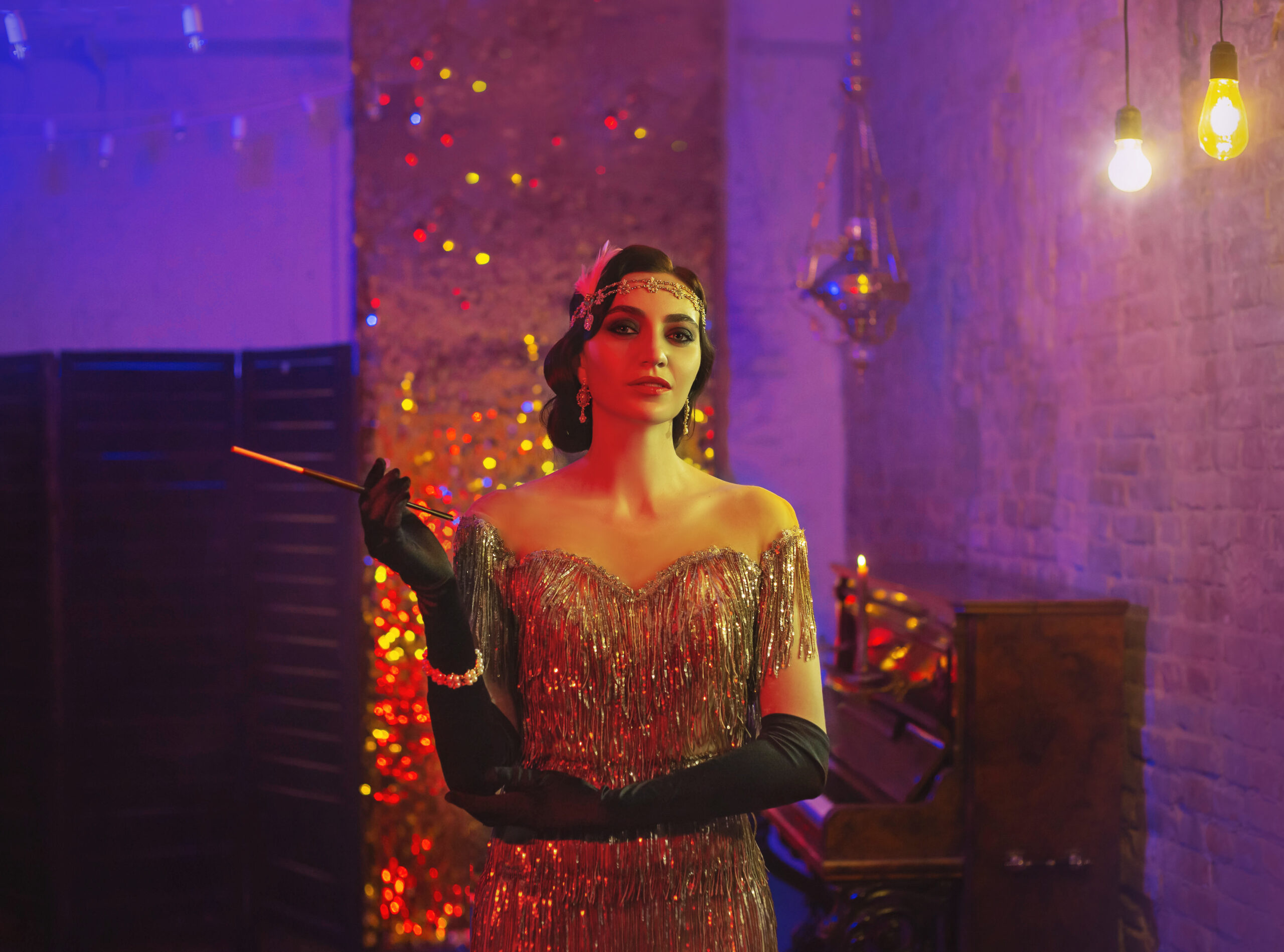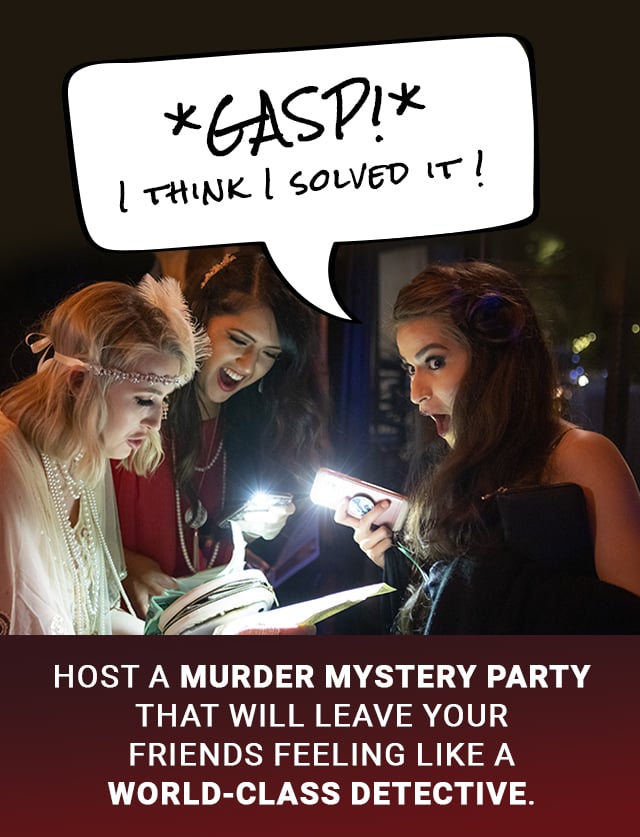The Voynich Manuscript was purchased in 1912 from the Order of Jesuits living at the Villa Mondrogone, who were discreetly selling some of their holdings in order to bolster their impoverished coffers, by a man named Wilifrid Voynich . Though Polish by birth, he was a British citizen living in London. He acquired the book at the Villa Mondragone, which is located near Rome. The manuscript has been dated to the early 1400’s according to carbon dating techniques. He purchased 30 books at that time, including a mysterious notebook which would later take his name, and a bevy of controversy.
The book is only about 240 pages long. Some of the pages are missing, but what remains appears to be a pharmacopoeia used in the early 15th century, as well as commentary about astronomy, biology, cosmology, and recipes most likely for medicinal purposes.
So what’s so interesting about a several hundred year old medicinal journal? Well, it has defied all attempts at decoding leading some to believe that the manuscript is an incredibly well made hoax. Take, for example, the images of the flora; most of these cannot be identified either by comparing them to actual specimens or the stylized drawings contemporary to the alleged creation date of the manuscript.
Some appear to be direct copies from other books while others appear to be combining roots from one plant with the leaves of another and the flowers of yet another plant. Some drawings in the book appear to be a sunflower, native to the as of yet undiscovered Americas. Other drawings appear to be crude renderings of galaxies and cells…which, with the technology at the time, were not able to be observed.
Historians can confirm it was once in the possession of Georg Baresch who sent several letters to Athanasius Kircher who had published a Codex of Egyptians Hieroglyphs. It is unknown if he ever replied but he did make an attempt to purchase it. He was firmly refused. Upon his death it passed to Jan Marek Marci who in turn gave it to Kircher. A letter that came with the manuscript claimed that it had once belonged to Emperor Rudolph II who had either loaned or bequeathed it to Jacobus Korcicky de Tepenecz, The Emperor’s head of the botanical gardens.
Record of it disappears after that until Voynich purchases it in 1912. Upon his death it passed to his wife, then to a friend and eventually to Hans P. Kraus who, after he was unable to find a buyer, donated it to Yale University.
So, hoax or history? Well, no one truly knows, but linguistics professor Stephen Bax thinks he may have begun to decipher the script and discount the theory that it was an elaborate hoax. According to the professor he focused on what appeared to be proper names, much like Egyptian Scholars have used to decipher hieroglyphs in the past. He uses the plants and star depicted in the book to decipher the glyphs in the book. He has called on other scholars, cryptographers and linguists to join in and help him decode the centuries old manuscript.
Think you’re a crack decoder? Then go to Yale University’s open source of the document and join in on solving this case. Want something a little less challenging? Then join The Murder Mystery Company at one of our public shows, showing around the country. If there’s no public show in your area we will come to you! Just call to start planning your event today!

